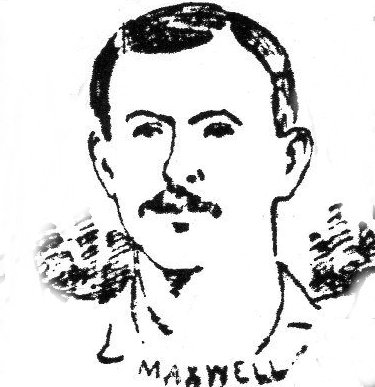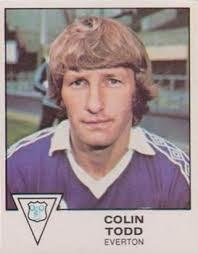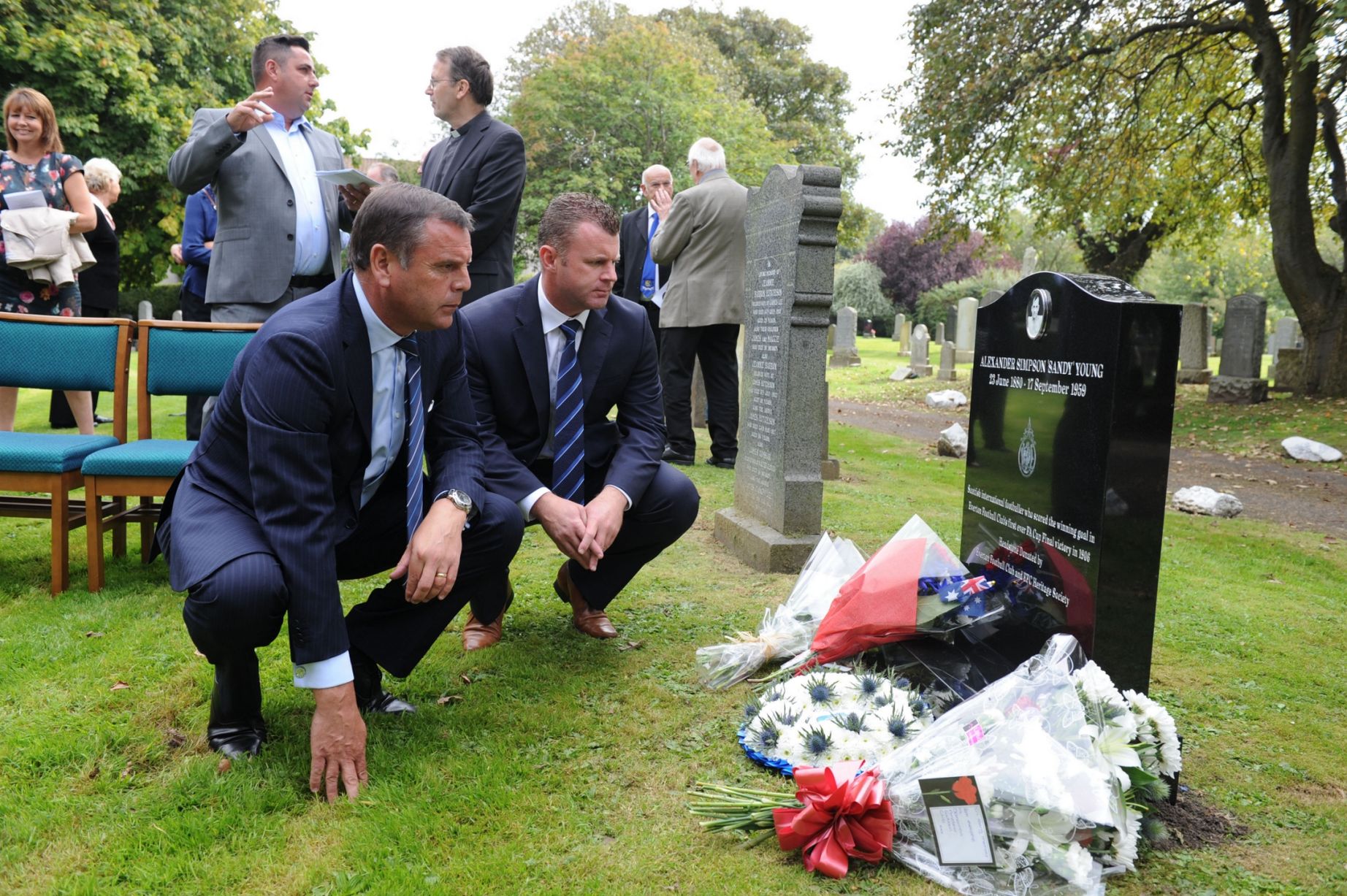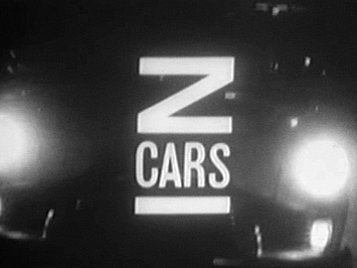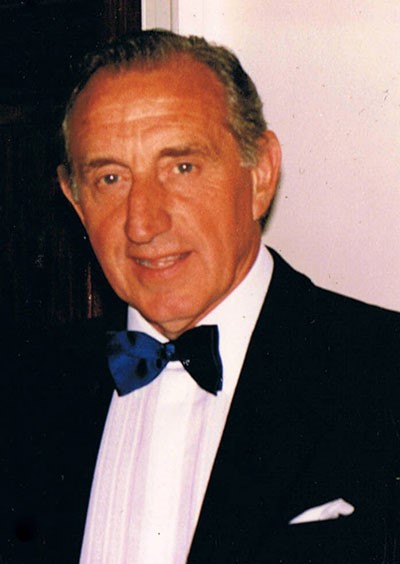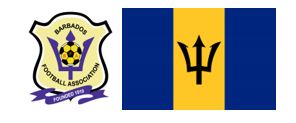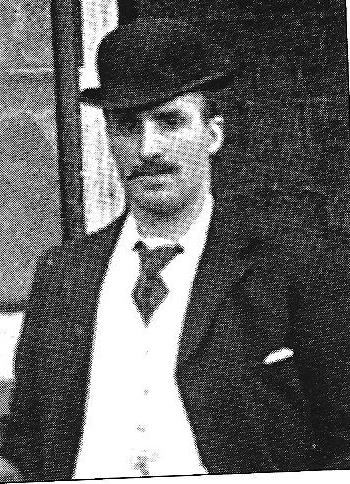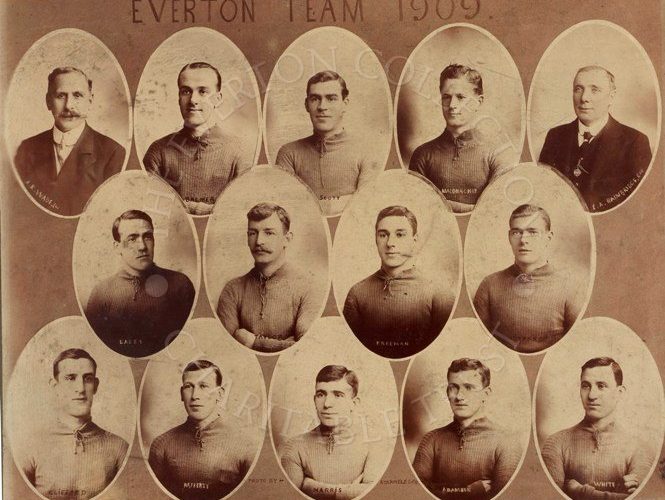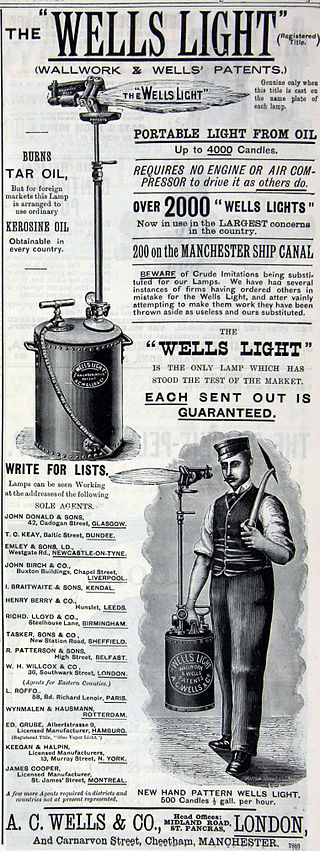The Allan Maxwell Story
When Allan Maxwell decided to leave his native Scotland to play professional football, he had no idea that eventually he would be involved in one of the most peculiar transfers that ever happened in Victorian England. He was born on 2 April 1869 in the Lanarkshire town of Dalziel, now part of Motherwell, where his father worked as a coal miner. The 1871 census found the family had moved to 30 Sunnyside Rows in Cambuslang where young Allan was recorded as being two years old. By 1881 the Maxwell family had moved to 5 Windsor Street in the town of Hamilton where Allen attended school. Leaving school in his mid-teens, he joined his father working at the mine. It was around this…

